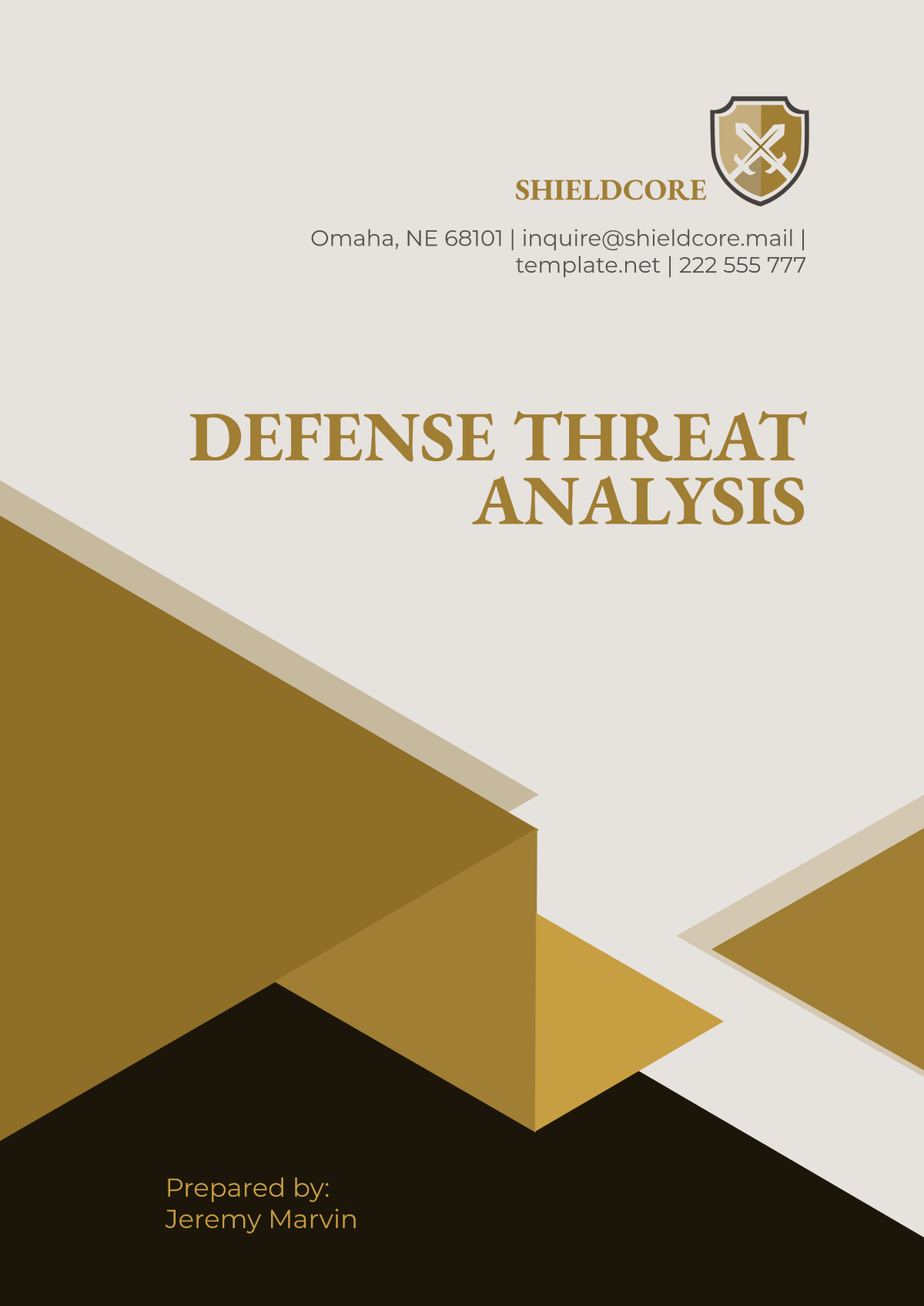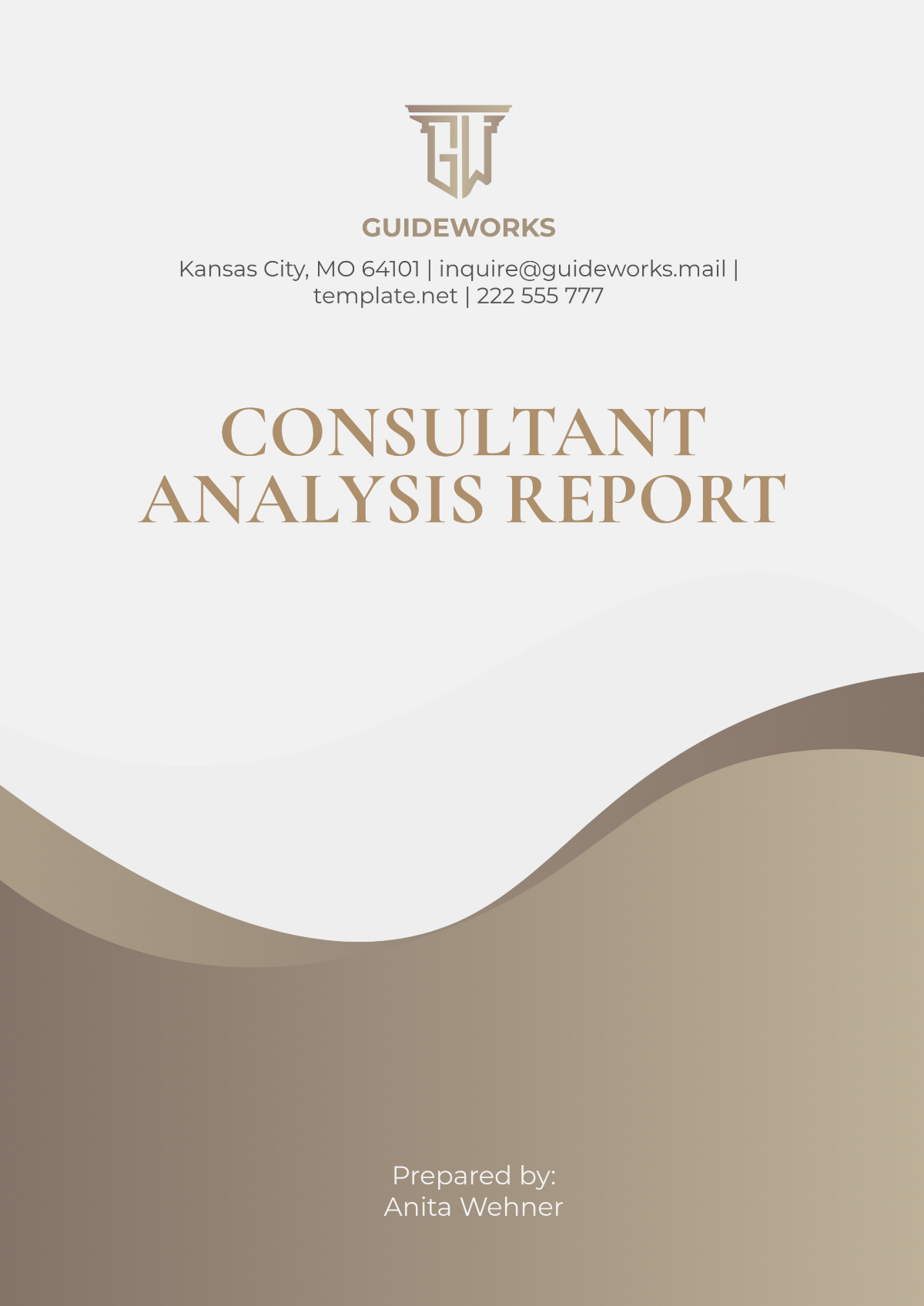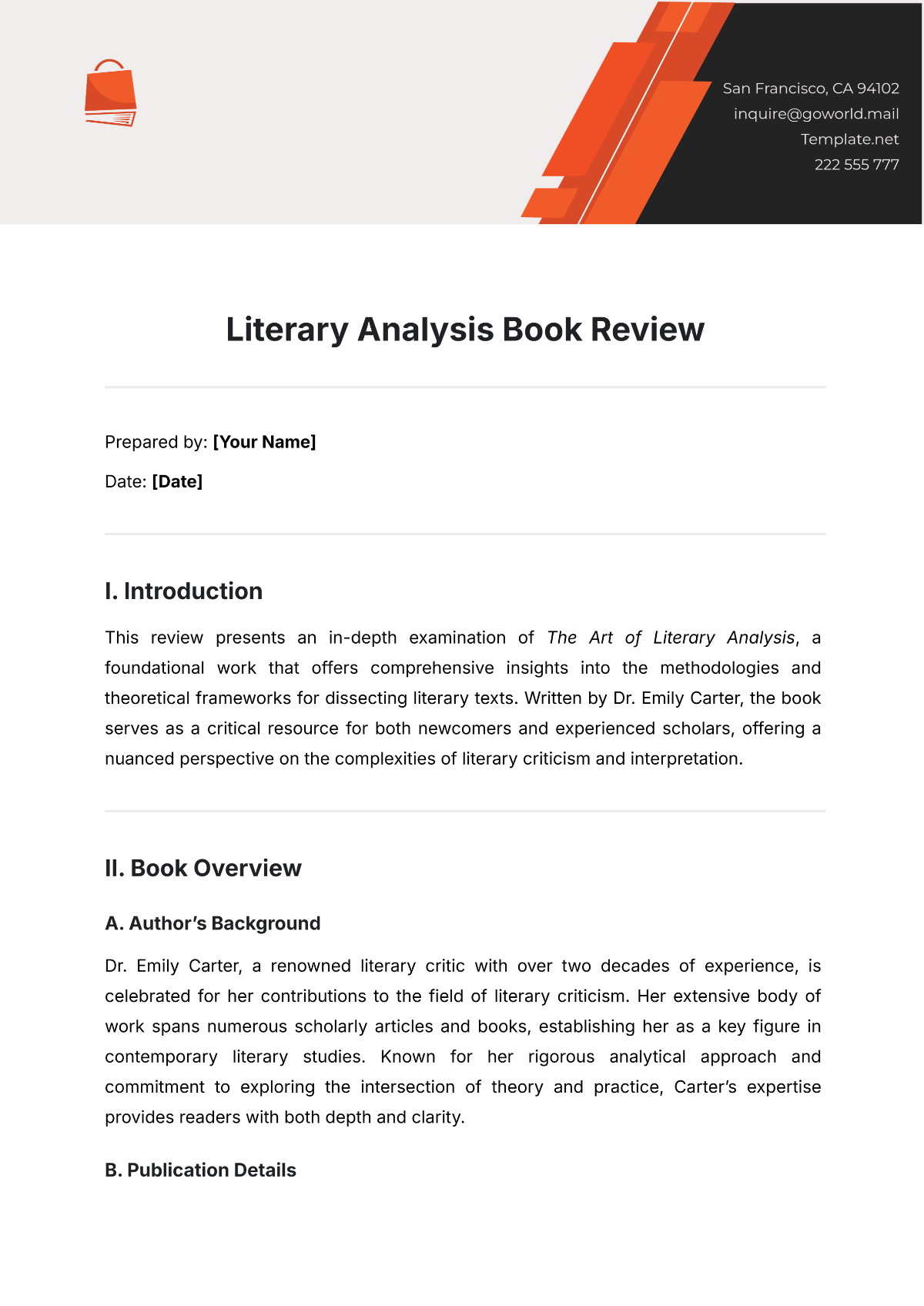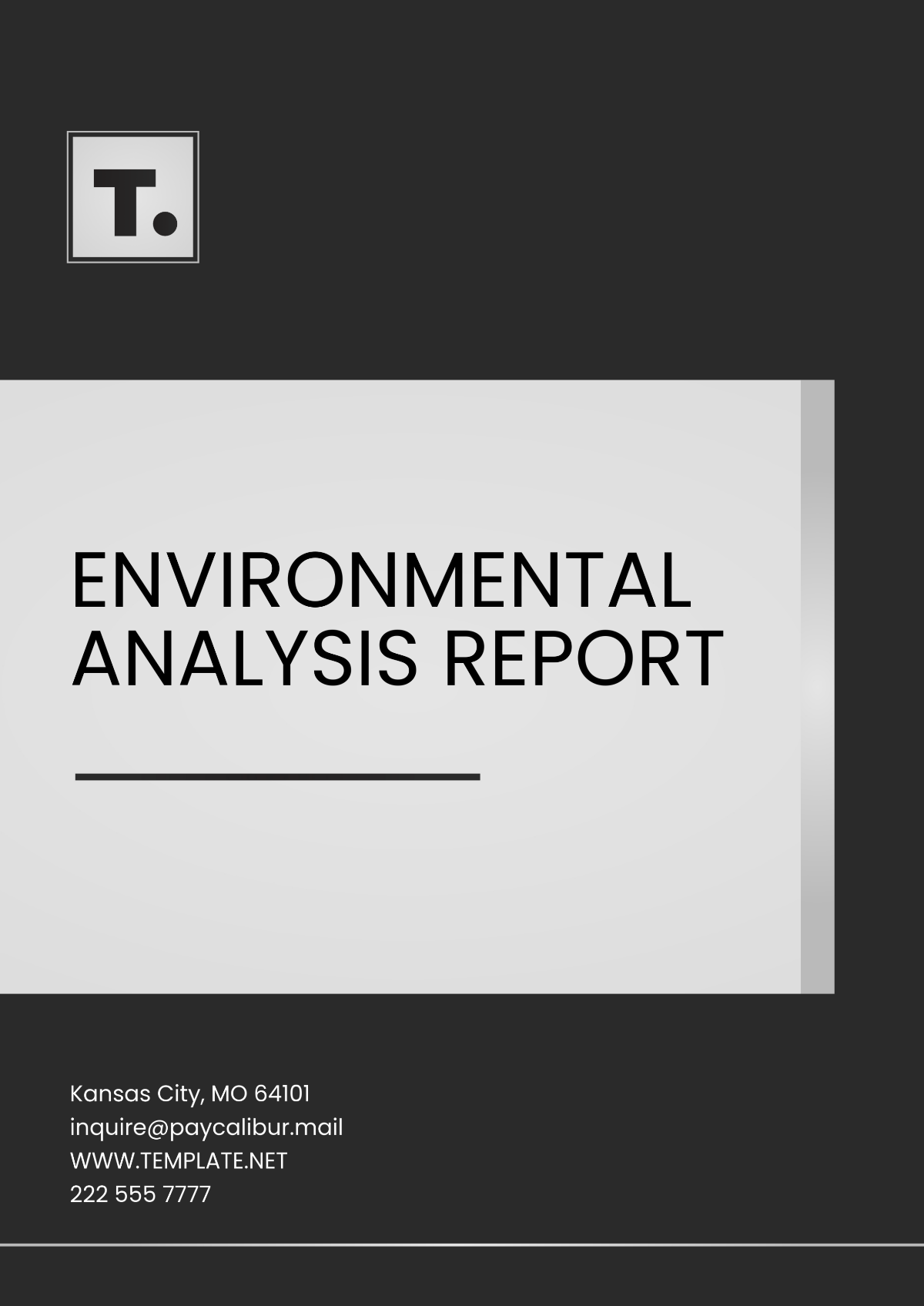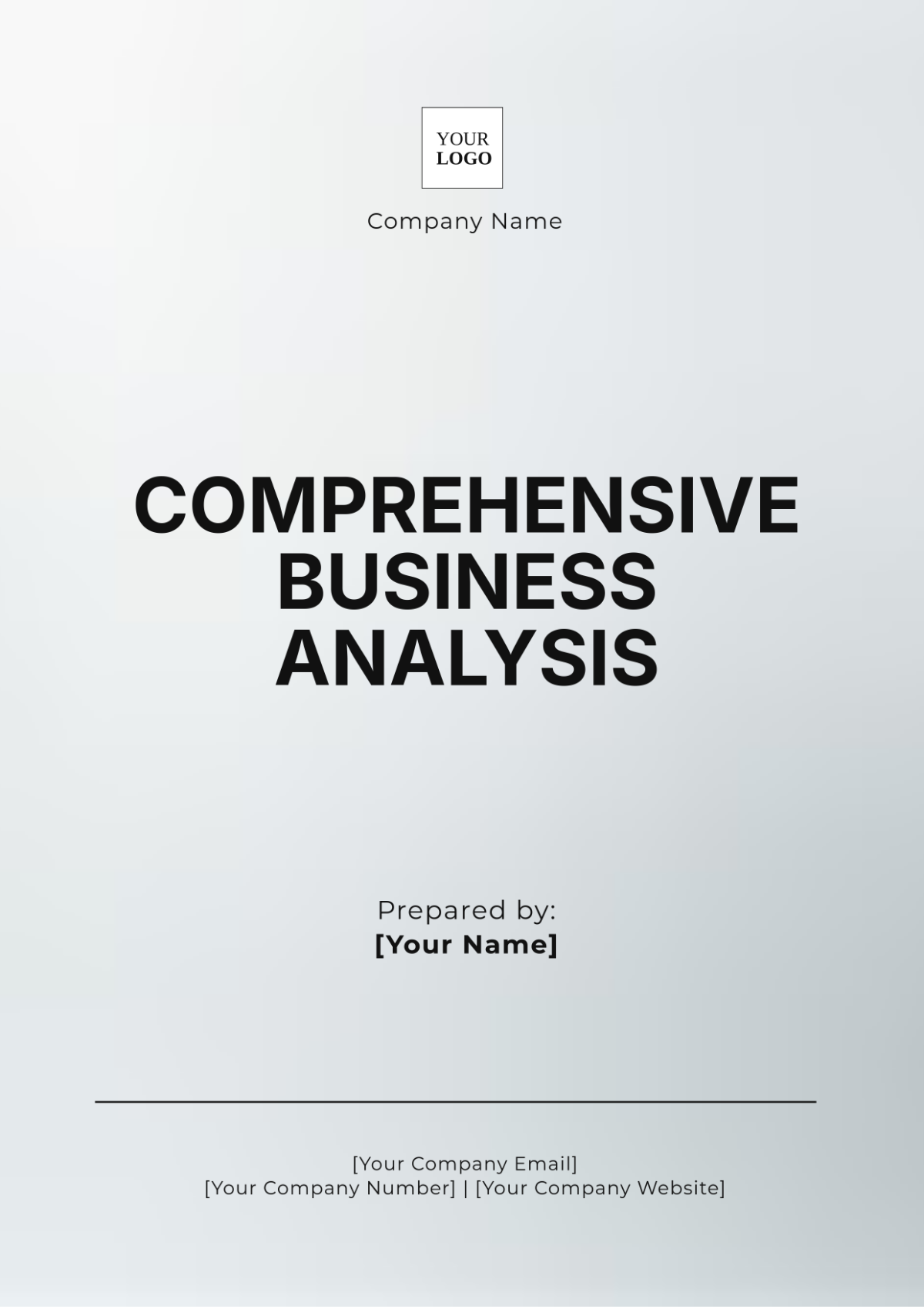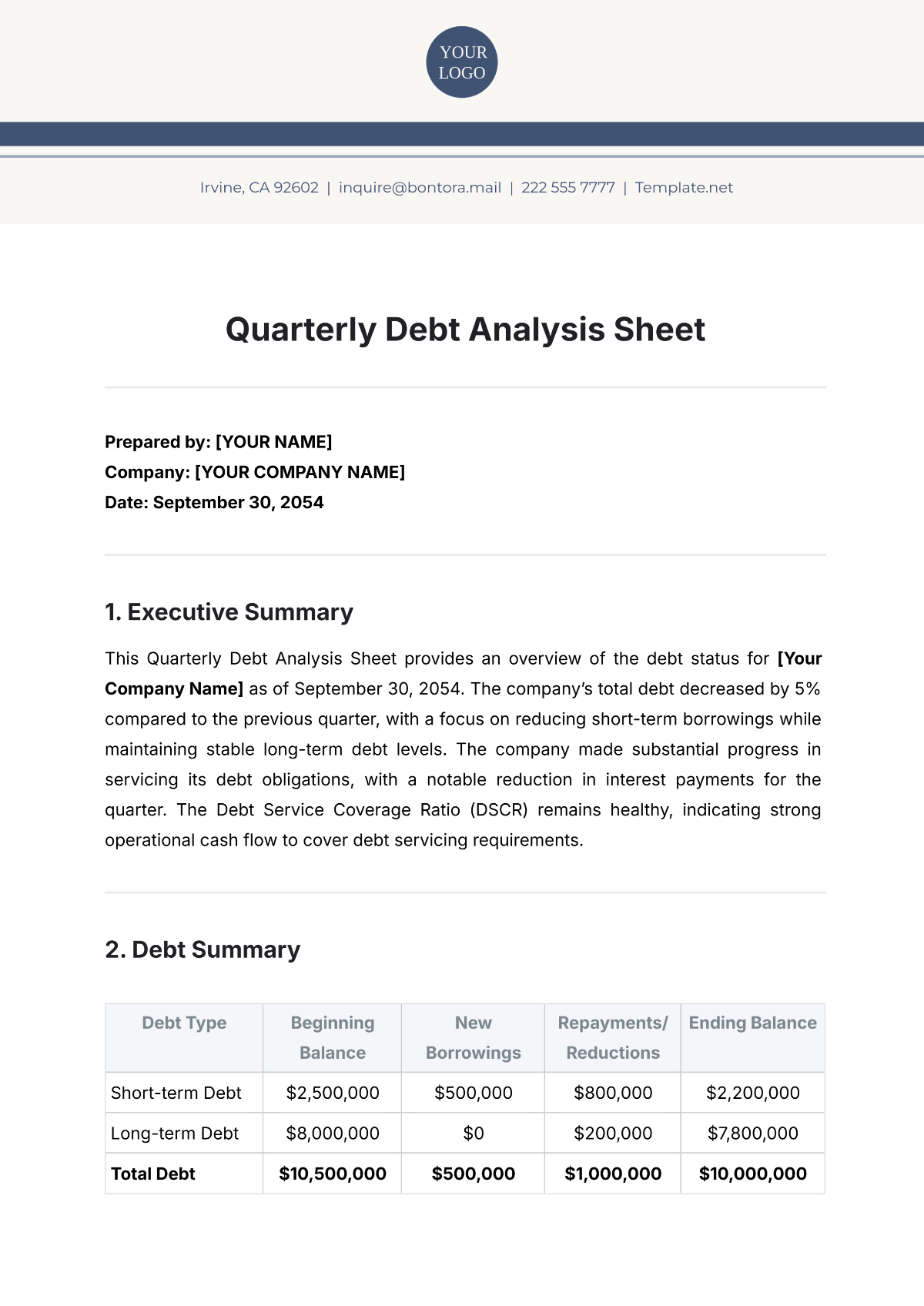Rhetorical Speech Analysis
Prepared by: [YOUR NAME]
Date: [DATE]
I. Introduction
Rhetorical Speech Analysis is the process of examining and interpreting a speech to understand how the speaker uses rhetorical techniques—such as ethos, pathos, and logos—to persuade, inform, or entertain the audience. This analysis involves evaluating the speech's structure, style, language, and effectiveness in achieving its purpose.
II. Speech Structure
The structure of a speech is crucial for guiding the audience through the message. Understanding the organization of the speech can reveal how well the speaker sets up, develops, and concludes their arguments.
A. Introduction
A compelling introduction captures the audience's attention and provides a preview of the main points. Key elements include:
Hook: An engaging opening to attract audience interest
Thesis: A clear statement of the speech's main argument or purpose
Preview of Points: An outline of the main points that will be discussed
B. Body
The body forms the core of the speech and typically includes a series of main points supported by evidence. Common elements include:
Main Points: The primary arguments or concepts being presented
Supporting Evidence: Data, examples, anecdotes, or quotes that reinforce the main points
Transitions: Phrases or sentences that link one point to the next, maintaining a smooth flow
C. Conclusion
The conclusion reinforces the speech's key message and leaves a lasting impression. The key components are:
Summary: A brief recap of the main points
Closing Statement: A memorable final thought or call to action
III. Rhetorical Techniques
Rhetorical techniques are strategies used by the speaker to effectively communicate and persuade. Three foundational techniques are ethos, pathos, and logos.
A. Ethos
Ethos pertains to the speaker's credibility and ethical appeal. The aim is to establish authority and trust. Key aspects include:
Background: The speaker's qualifications and experience
Character: Demonstrating honesty, integrity, and goodwill
Reputation: Leveraging the speaker's status or standing
B. Pathos
Pathos involves appealing to the audience's emotions. Techniques to evoke emotional responses include:
Stories: Personal anecdotes or narratives that resonate emotionally
Imagery: Vivid descriptions that create mental images
Language: Using emotive words and phrases
C. Logos
Logos is the appeal to logic and reason. This might involve:
Facts: Presenting verifiable data
Statistics: Utilizing numerical evidence
Logical Reasoning: Constructing well-reasoned arguments
IV. Speech Style and Language
The style and language of a speech contribute significantly to its impact. Elements to consider include:
A. Tone
The tone conveys the speaker's attitude towards the topic and the audience. It can be:
Formal or Informal: Depending on the setting and audience
Serious or Humorous: To match the content and purpose
Optimistic or Pessimistic: Reflecting the speaker's perspective
B. Vocabulary
The choice of words affects the clarity and appeal of the speech. Considerations include:
Complexity: Using simple vs. complex language
Jargon: Appropriate use of specialized terms
Connotation: The implied meanings of words
C. Figures of Speech
Figures of speech add flair and emphasis. Examples are:
Metaphors: Comparing two unlike things directly
Similes: Using "like" or "as" to compare
Alliteration: Repetition of initial consonant sounds
V. Effectiveness Evaluation
Evaluating the effectiveness of a speech involves assessing how well it achieves its purpose. Considerations include:
A. Audience Engagement
Indicators of engagement may include:
Attention: Audience focus and responsiveness during the speech
Interaction: Levels of participation, such as asking questions
Feedback: Positive reinforcement or applause
B. Clarity of Message
A clear message ensures that the audience understands the speaker's points. This can be evaluated by:
Coherence: Logical flow and organization of ideas
Simplicity: Avoidance of overly complex language and structure
Reiteration: Effective summarization and reinforcement of key points
C. Persuasiveness
The persuasive power of a speech is a key measure of its success. Criteria include:
Ethos: Demonstrating credibility and ethical appeal
Pathos: Evoking necessary emotional responses
Logos: Argument strength and logical reasoning
Aspect | Indicators |
|---|---|
Introduction | Hook, Thesis, Preview of Points |
Body | Main Points, Supporting Evidence, Transitions |
Conclusion | Summary, Closing Statement |
Ethos | Background, Character, Reputation |
Pathos | Stories, Imagery, Language |
Logos | Facts, Statistics, Logical Reasoning |
Tone | Formal/Informal, Serious/Humorous, Optimistic/Pessimistic |
Vocabulary | Complexity, Jargon, Connotation |
Figures of Speech | Metaphors, Similes, Alliteration |
Audience Engagement | Attention, Interaction, Feedback |
VI. Conclusion
In summary, Rhetorical Speech Analysis involves a detailed examination of how a speech uses various rhetorical techniques to achieve its purpose. By analyzing the structure, style, language, and effectiveness of a speech, one can gain insights into how well the speaker engages and persuades the audience.
A. Summary of Key Points
The analysis encompasses the structure of the speech, including the introduction, body, and conclusion, each playing a crucial role in delivering the message effectively. It also covers rhetorical techniques such as ethos, pathos, and logos, which help in establishing credibility, appealing to emotions, and using logic to persuade.
B. Importance of Effective Speech Analysis
Effective speech analysis is vital for understanding the impact of a speech and its ability to influence or inform the audience. It helps in evaluating the speaker's ability to connect with the audience, present arguments clearly, and make a lasting impression.
C. Final Thoughts
A well-analyzed speech reveals the nuances of effective communication and provides valuable lessons in crafting persuasive messages. By focusing on the elements of speech structure, rhetorical techniques, and overall effectiveness, one can better appreciate the art of persuasion and the power of rhetoric in shaping opinions and actions.
